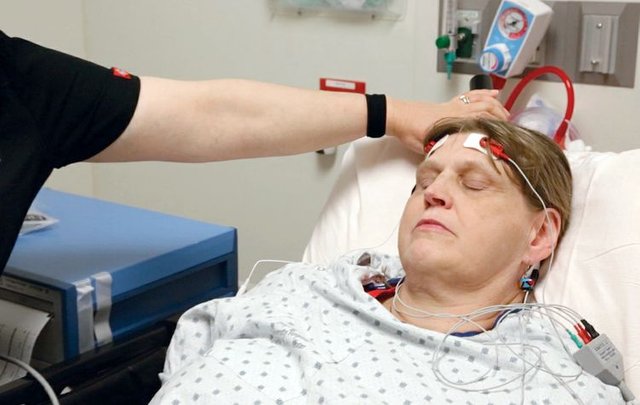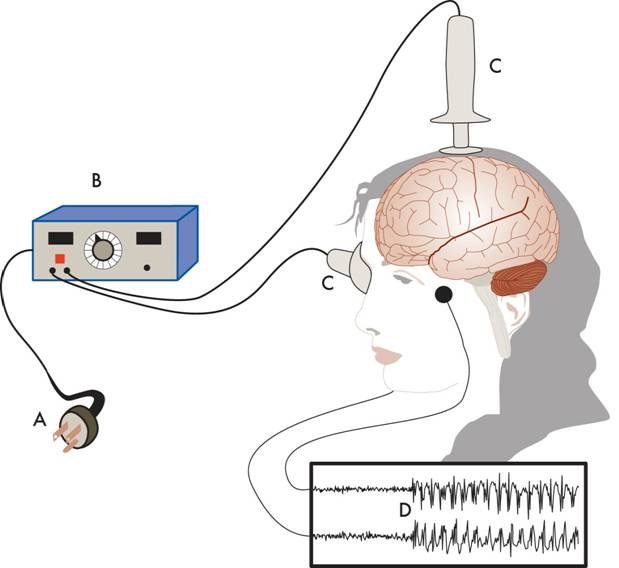
electroconvulsive therapy in psychiatry, treatment of mood disorders by means of electricity; the broader term "shock therapy" also includes the use of chemical agents.
The therapeutic possibilities of these treatments were discovered in the 1930s by Manfred Sakel, a Polish psychiatrist, using insulin; L. J. Meduna, an American psychiatrist, using Metrazol; and Ugo Cerletti and Lucio Bini, Italian psychiatrists, using electric shock. Metrazol and insulin accounted for a very limited number of remissions in cases of schizophrenia.
However, the injection of insulin often caused coma, while Metrazol and electric shock resulted in convulsions similar to those of epileptics.
Advances in electroconvulsive therapy (ECT) have made it the standard mechanism of shock therapy. ECT has had unquestionable success with involutional melancholia and other depressive disorders, although it may be ineffective or only temporarily effective.
ECT is generally employed only after other therapies for depression, mania, bipolar disorder or schizophrenia have proven ineffective. The administration of anesthetics and muscle relaxants prior to ECT has greatly reduced the risk of injury during the procedure, which is typically administered six to eight times over a period of several weeks.

The seizure lasts for up to 20 seconds, and the patient can be up and about in about an hour. Long-term memory loss is the main significant potential side effect; headache, muscle stiffness, and temporary short-term memory loss may occur. Why ECT works, however, is still not understood, but it may be due to changes in brain chemistry caused by procedure, such as neurotransmitters released in the brain, or to a reduction in brain activity in certain areas after the procedure.
Hi! I am a robot. I just upvoted you! I found similar content that readers might be interested in:
http://encyclopedia2.thefreedictionary.com/Electroconvulsive+treatment
Downvoting a post can decrease pending rewards and make it less visible. Common reasons:
Submit